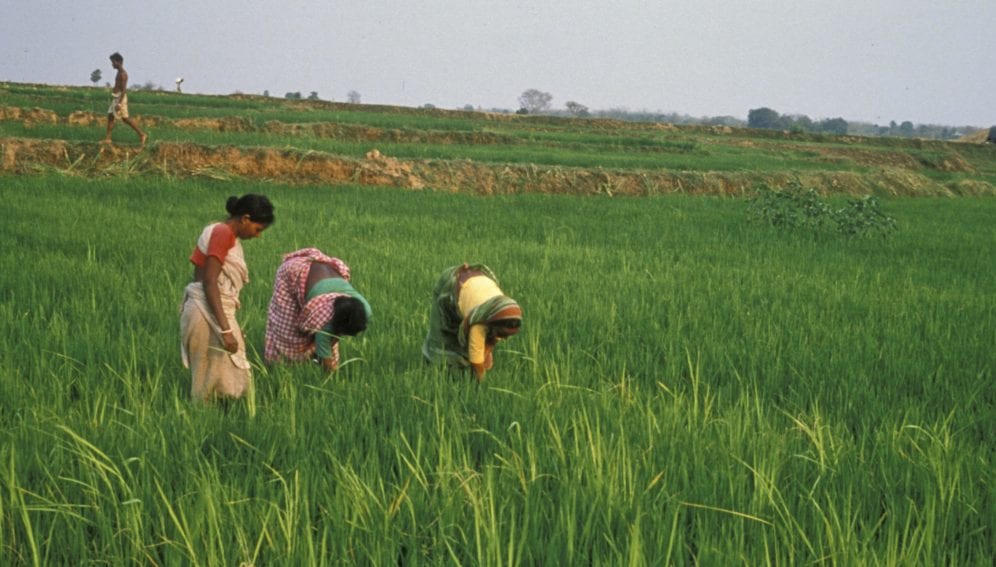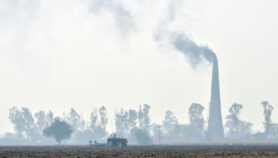By: Smriti Mallapaty
Send to a friend
The details you provide on this page will not be used to send unsolicited email, and will not be sold to a 3rd party. See privacy policy.
[KATHMANDU] The post-harvest practice of burning paddy straw in South Asia may be polluting the atmosphere with significant amounts of cancerous benzene compounds (benzenoids), scientists attending a workshop on the atmosphere and monsoon in Nepal’s capital said.
So far, measurement of benzene and its derivates has focused on the developed countries, Vinayak Sinha, assistant professor at the Indian Institute of Science Education and Research (IISER), Mohali, told SciDev.Net at the workshop this month (9—12 June).
"There is still a large school of thought saying that benzene comes primarily from fossil fuels," says Maheswar Rupakheti, group leader for the Sustainable Atmosphere for the Kathmandu Valley (SusKat) initiative of the Institute for Advanced Sustainability Studies, Potsdam.
Sinha and his colleagues were the first to use advanced technology to investigate the link between burning paddy stubble and higher levels of benzenoids in the air.
Their findings, to be published in Current Science, show a three-fold increase in benzenoid levels in one day of crop burning in India's north-western state of Punjab, compared to days when no burning took place.
"We see that this is an entirely new source (of benzenoids), and seems to be more important in regions where you don’t have conventional sources dominating the air composition," explains Sinha.
Post-harvest burning of crop residues is a common farming practice across India, Pakistan, Bangladesh, and Nepal. Peak seasons cover the months of April—May for wheat and October—November for paddy.
"Such high levels of benzenoids for 1—2 months in a year aggravate smog events and can enhance cancer risks in north-western India," suggests the paper, estimating that crop-burning exposes farmers to 1.6 times more annual benzene than is deemed hazardous to health under India's 2009 ambient air quality standards.
While Punjab's Malwa belt has been identified as having high cancer prevalence, further epidemiological and environmental research is needed to assess risks from inhaling benzenoids, advises the paper.
Researchers at the IISER are now working on a two-year assessment to come up with a cumulative regional estimate of benzenoid emissions from crop-burning.
The SusKat campaign is also in the process of analysing its emissions data, which includes advanced measurements of benzenoids in the Kathmandu valley.
Link to forthcoming article Current Science














